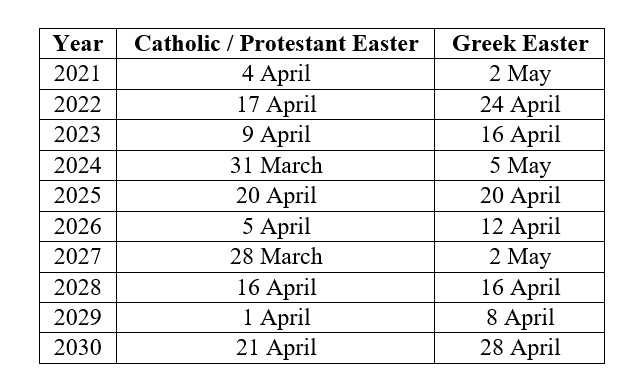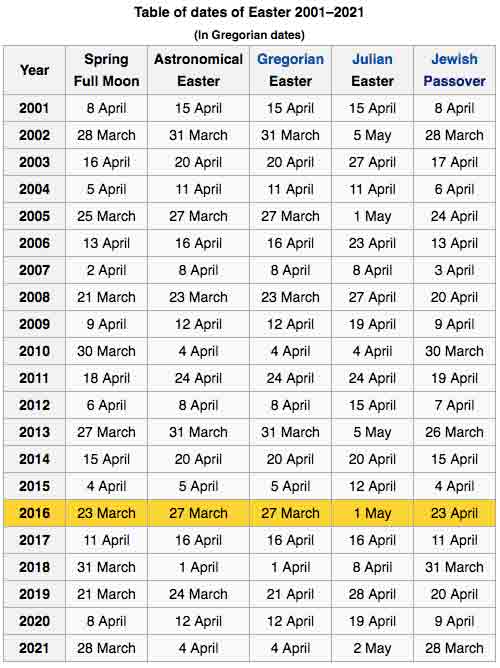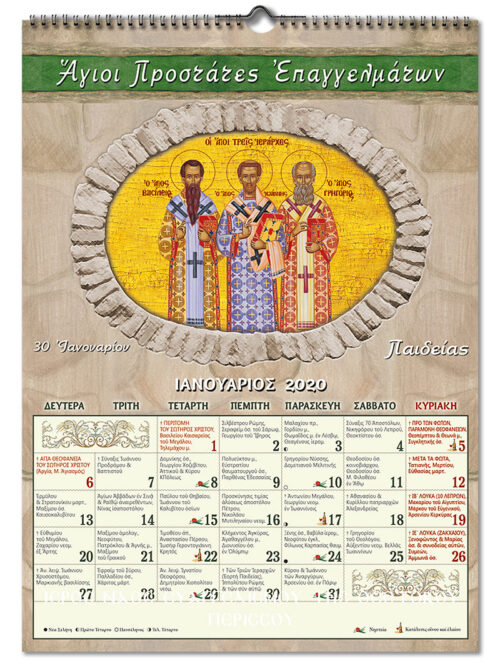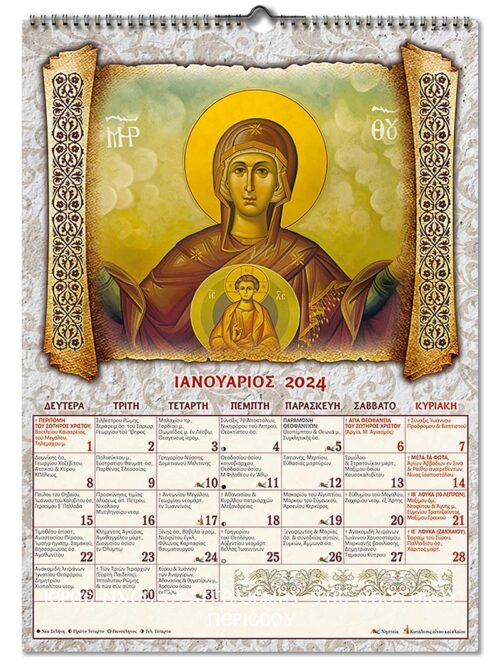Eastern Orthodox Calendar 2025
Related Articles: Eastern Orthodox Calendar 2025
- Mahalaxmi Calendar 2025: A Comprehensive Guide To Hindu Festivals And Auspicious Dates
- Ocean City MD Events Calendar 2025
- 2025 Philippine Calendar: A Comprehensive Guide
- August 2025 Calendar With Holidays USA
- November 2025 Calendar UAE
Introduction
In this auspicious occasion, we are delighted to delve into the intriguing topic related to Eastern Orthodox Calendar 2025. Let’s weave interesting information and offer fresh perspectives to the readers.
Table of Content
Video about Eastern Orthodox Calendar 2025
Eastern Orthodox Calendar 2025

The Eastern Orthodox Church follows a different calendar than the Western Christian churches. The Eastern Orthodox calendar is based on the Julian calendar, which was introduced by Julius Caesar in 46 BC. The Julian calendar is a solar calendar, meaning that it is based on the Earth’s orbit around the Sun.
The Eastern Orthodox calendar has 12 months, each with 30 or 31 days. The months are named after the Latin names for the months of the Julian calendar. The Eastern Orthodox calendar also includes a number of feast days and holy days.
The Eastern Orthodox calendar is used by the Eastern Orthodox Church, as well as by some other Eastern Christian churches. The Eastern Orthodox Church is the second largest Christian church in the world, with over 200 million members.
Major Feasts and Holy Days in the Eastern Orthodox Calendar 2025
The following are some of the major feasts and holy days in the Eastern Orthodox calendar for 2025:
- January 1: New Year’s Day
- January 7: Christmas Day
- January 19: Theophany
- February 2: Presentation of the Lord
- March 25: Annunciation
- April 13: Palm Sunday
- April 20: Easter Sunday
- May 25: Ascension
- June 8: Pentecost
- August 15: Dormition of the Theotokos
- September 14: Exaltation of the Holy Cross
- November 21: Presentation of the Theotokos
- December 25: Nativity of Christ
Differences Between the Eastern Orthodox Calendar and the Western Christian Calendar
The Eastern Orthodox calendar differs from the Western Christian calendar in a number of ways. The most significant difference is that the Eastern Orthodox calendar is based on the Julian calendar, while the Western Christian calendar is based on the Gregorian calendar. The Gregorian calendar was introduced by Pope Gregory XIII in 1582. The Gregorian calendar is a more accurate solar calendar than the Julian calendar.
Another difference between the Eastern Orthodox calendar and the Western Christian calendar is that the Eastern Orthodox Church celebrates Christmas on January 7, while the Western Christian churches celebrate Christmas on December 25. This difference is due to the fact that the Eastern Orthodox Church follows the Julian calendar, while the Western Christian churches follow the Gregorian calendar.
The Eastern Orthodox calendar also includes a number of feast days and holy days that are not celebrated by the Western Christian churches. These feast days and holy days are often associated with the Eastern Orthodox Church’s unique traditions and beliefs.
Conclusion
The Eastern Orthodox calendar is a complex and fascinating system. It is based on the Julian calendar and includes a number of feast days and holy days that are unique to the Eastern Orthodox Church. The Eastern Orthodox calendar is used by over 200 million Christians around the world.








Closure
Thus, we hope this article has provided valuable insights into Eastern Orthodox Calendar 2025. We appreciate your attention to our article. See you in our next article!
